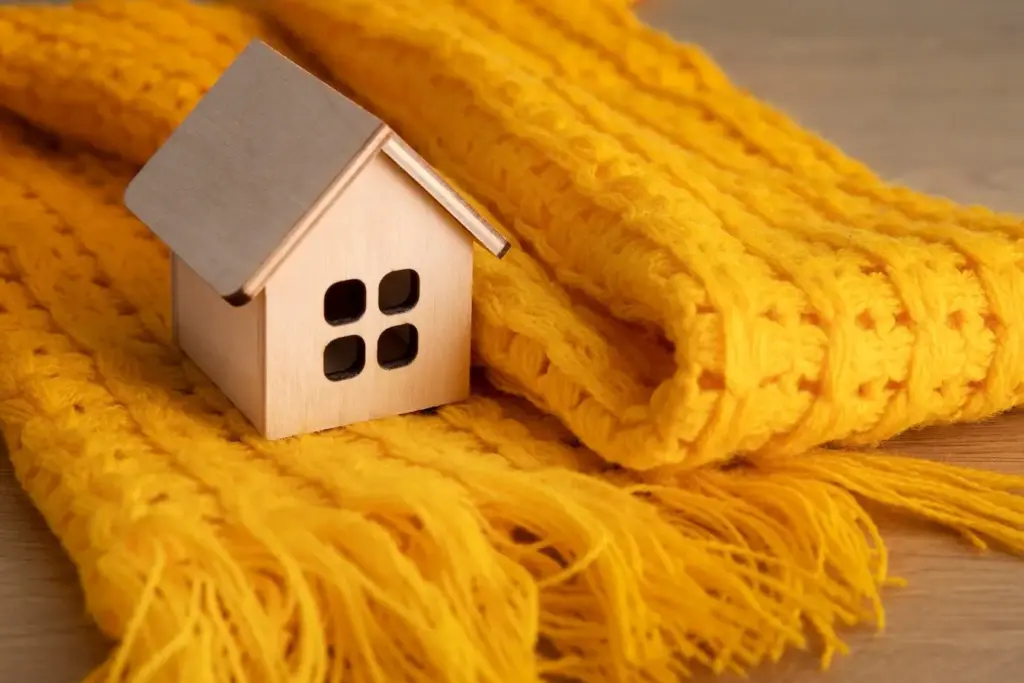Comfort Without Compromise
Today we compare natural insulation materials—hemp, cellulose, sheep’s wool, and cork—to reveal how they keep rooms warmer, quieter, and drier in real homes. We will look at thermal performance, moisture behavior, safety, carbon impact, installation methods, and real stories. By the end, you will understand practical differences, trade‑offs, and smart pairings, so you can choose confidently and share your experiences, questions, and favorite details with our community.
Understanding Heat, Air, and Moisture
Buildings feel comfortable when heat stays in, drafts stay out, and materials safely handle everyday moisture. Natural fibers shine because they slow heat flow while allowing assemblies to dry. We will consider typical R‑values, the importance of airtightness, and the underrated power of hygroscopic buffering. Together these principles explain why careful installation can outperform raw numbers, especially when climates swing between cold winters, humid summers, and everything in between.
Materials, Origins, and Treatments
{{SECTION_SUBTITLE}}

Hemp: Cultivated Fiber With Calm, Steady Performance
Hemp batts use long, tough plant fibers that create resilient mats with dependable thermal resistance and good acoustic comfort. They are typically vapor‑open, encouraging safe drying when assemblies are designed thoughtfully. Manufacturers may add mild fire retardants, and cutting is straightforward with a serrated blade. Many builders appreciate hemp’s agricultural story and rapid growth cycle, valuing its sequestered carbon and the pleasing, soft feel during installation compared to mineral alternatives.

Cellulose: Recycled Paper Reinvented For Performance
Cellulose begins as recycled newspaper and office paper, then gains fire and pest resistance through borate salts. Dense‑pack techniques fill irregular cavities tightly, reducing voids and limiting air movement. The material’s high recycled content and low embodied energy appeal to sustainability goals. With the right installer, it reaches consistent densities, resists settling, and wraps wiring, pipes, and odd angles gracefully—exactly where rigid or batt products often struggle to maintain continuity without fussy detailing.

Health, Safety, And Fire Considerations
Comfort includes peace of mind. Natural materials are favored for low emissions, minimal skin irritation, and predictable fire behavior when properly treated or installed. Borates in cellulose resist flames and pests; wool tends to self‑extinguish; cork forms a protective char; and hemp batts often include mild fire retardants. Thoughtful assemblies, proper clearances from heat sources, and tested details together deliver safety, especially when paired with conscientious installers and manufacturer‑supported guidance.
Cellulose treated with borate achieves robust fire performance and can slow flame spread by charring. Wool naturally resists ignition and tends to self‑extinguish, especially at typical indoor conditions. Cork develops a protective char layer, while hemp batts rely on added retardants and careful detailing. Codes still matter: use tested assemblies, respect clearances around recessed lights or flues, and confirm local approval. Safety thrives when product virtues meet disciplined installation practice consistently.
Low‑VOC binders and treatments make these options attractive for health‑conscious projects. Wool may adsorb certain aldehydes; cellulose dust requires basic respiratory protection during installation; cork panels often avoid added formaldehyde; and hemp fibers are typically comfortable to handle. Sensitive occupants should request documentation like EPDs, Declare labels, or third‑party certifications. Ventilation and filtration during retrofits keep dust under control, ensuring workspaces stay friendly for families living through staged upgrades.
Carbon, Ecology, And End‑Of‑Life Pathways
Materials do not only insulate; they tell environmental stories. Hemp sequesters carbon during rapid growth; cellulose upgrades waste paper into durable building fabric; cork harvesting supports biodiverse forests; and wool connects to pastoral landscapes with responsible animal care. Consider transport distances, production energy, and recyclability. End‑of‑life scenarios range from reuse and composting to safe disposal. Selecting wisely aligns comfort, climate goals, and stewardship, leaving future renovators with assemblies that are easier to adapt gracefully.




Costs, Availability, And Installation Choices
Budget, supply chains, and skill sets shape real projects. Cellulose shines for value in large retrofits, especially where dense‑packing makes tricky cavities straightforward. Hemp and wool batts suit DIYers seeking friendly materials and predictable cuts. Cork adds continuous insulation, improved acoustics, and resilience, often installed by pros. Prices vary regionally, so request quotes early, factor in membranes, tapes, fasteners, and equipment rental, and compare total installed cost rather than material price alone.

Field Notes: Stories From Real Projects
Numbers persuade, but stories convince. These snapshots highlight how context shapes decisions and results. You’ll hear about damp climates where wool’s buffering excels, intricate retrofits where cellulose wins on coverage, and urban facades where cork quiets streets dramatically. Each experience offers lessons about sequencing, teamwork, and inspection. Bring your own stories in the comments—photos, surprises, and proud moments—so others can learn practical tricks and avoid the same missteps gracefully.
Choosing With Confidence And Moving Forward
Clarity comes from matching materials to assemblies, climate, and priorities. If you need value and coverage, cellulose likely leads. If tactile comfort and moisture smoothing matter, wool shines. If continuous exterior insulation or acoustic damping is crucial, cork answers. If you want plant‑based batts with friendly handling, hemp pleases. Combine options smartly, verify airtightness, and schedule inspections. Share questions below, subscribe for deeper guides, and tell us which detail worried you most—we’ll help.

All Rights Reserved.